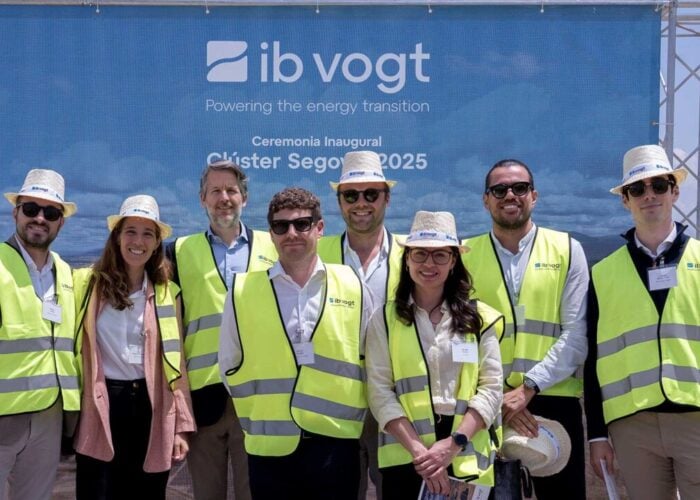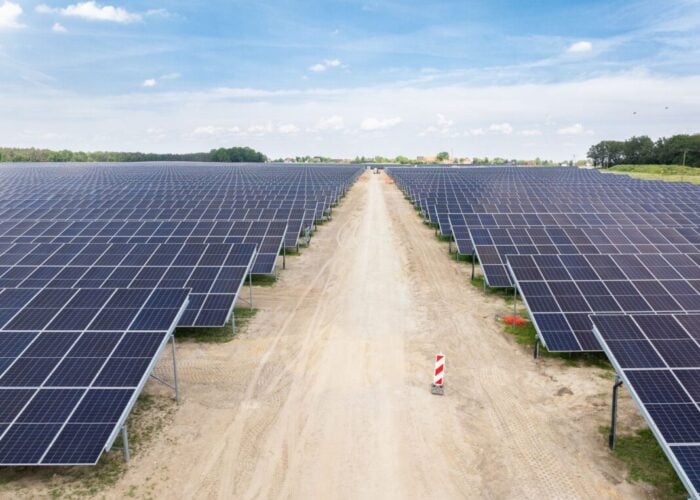ROFIN-BAASEL Lasertech is launching a new upgraded version of its production proven ‘Dual Line c-Si’ laser processing system that provides improved productivity and lowers processing costs in volume production of next-generation PERC (Passivated Emitter and Rear Cells) solar cell design. The latest Dual Line c-Si™ modular platform will be unveiled at the forthcoming SNEC 8th 2014, International Photovoltaic Power Generation Exhibition, being held in Shanghai, China May 20-22, 2014 at the Shanghai New International Expo Center. ROFIN-BAASEL Lasertech’s booth is located in Hall 3, 615.
Problem
PERC and selective emitter processes offer improvements of up to a 1% absolute efficiency gain for c-Si solar cells but the migration to high-volume production and the provision of lower production costs are required.
Unlock unlimited access for 12 whole months of distinctive global analysis
Photovoltaics International is now included.
- Regular insight and analysis of the industry’s biggest developments
- In-depth interviews with the industry’s leading figures
- Unlimited digital access to the PV Tech Power journal catalogue
- Unlimited digital access to the Photovoltaics International journal catalogue
- Access to more than 1,000 technical papers
- Discounts on Solar Media’s portfolio of events, in-person and virtual
Solution
Rofin undertook research within the Photovoltaics Innovation Alliance ‘FutureFab’ project on short wavelength and short pulse laser tool requirements to minimize sub-surface damage during rear-side contact hole formation and optimization of rear side passivation. The study revealed that complex ultra short femto and picosecond lasers create completely different surface structures after laser ablation of dielectric layers compared to nanosecond laser pulses. However, after the BSF [Back Surface Field] formation, studies showed that rear side passivation opening using green nanosecond laser pulses lead to the same level of high efficiency solar cells as it does with ultra violet picosecond pulses. Important to the optimization of the process was the ability to use industrial lasers offering up to 5 times higher power compared to the previously used nanosecond laser source, reducing laser process cycle times per wafer significantly and improving overall wafer throughput, critical to volume production applications.
Applications
Passivated Emitter and Rear Cells (PERC) laser ablation process.
Platform
The Dual Line c-Si can now be equipped with a high power ns-SHG-laser with adapted beam profile specifically developed for the creation of larger dot diameters without increasing the laser induced damage. This patent pending process for a dot style opening of the passivation layers leads to scan-speeds exceeding 20 m/s. This is a significant breakthrough for PERC cells employing dot pattern designs, as laser ablation cycle times are reduced significantly and thus enabling lower production costs. The Dual Line c-Si system also features the inclusion of ‘on the fly’ processing, a new system that virtually eliminates wafer handling and transfer times between laser processing cycles, improving productivity by providing processing speeds of up to 3,600WPH (Wafers-Per-Hour)
Availability
May 2014 onwards.







